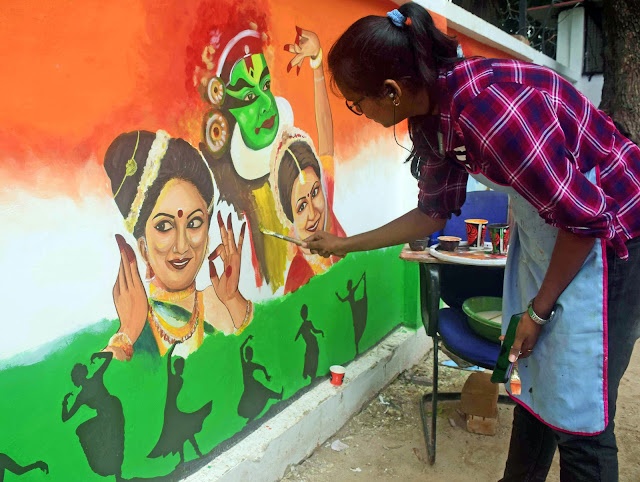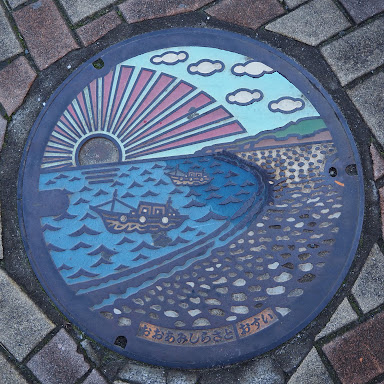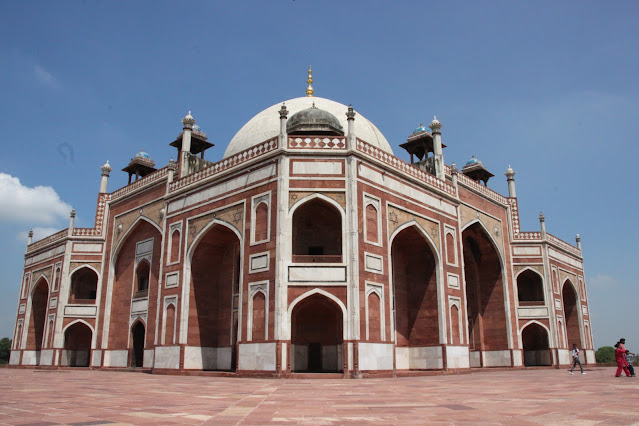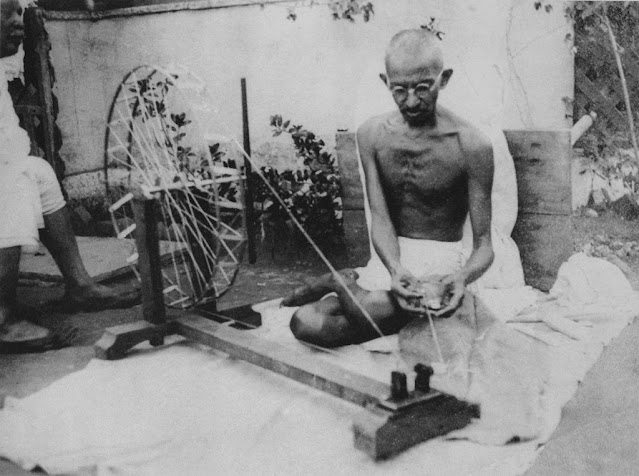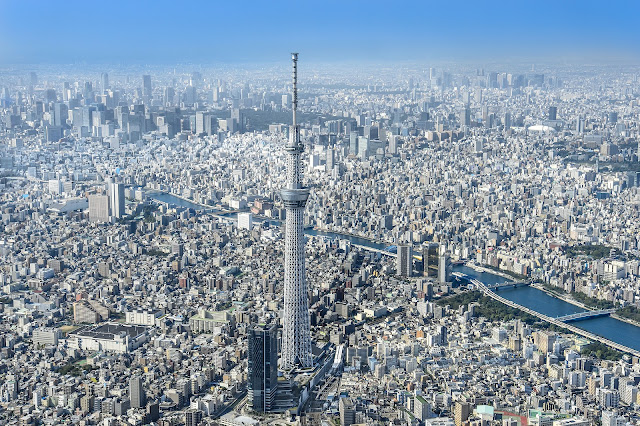The art and science of Ayurveda

Photo courtesy: High Commission of India in Jamaica Let us step away from the dreaded ‘C’ word that has engulfed us for the past couple of years and focus on one’s well-being, critically how Mother Nature provides both the means and the solutions to balance one’s life. Both an art and a science, one of mankind’s oldest forms of plant-based wellness and healing methodology from India, which dates back more than 5,000 years, is Ayurveda (translated as ‘the science of life’ in Sanskrit), also referred to as ‘Mother of All Healing’. Ayurveda finds mention in the ancient Vedic culture, and its knowledge was passed down orally from the gurus (masters or teachers) to their disciples for many thousands of years. This practice of wellness places emphasis on prevention and encourages the maintenance of health through close attention to balance in one’s life, right thinking, diet, lifestyle, and the use of herbs. It is said that knowledge of Ayurveda enables one to understand how to create ...


